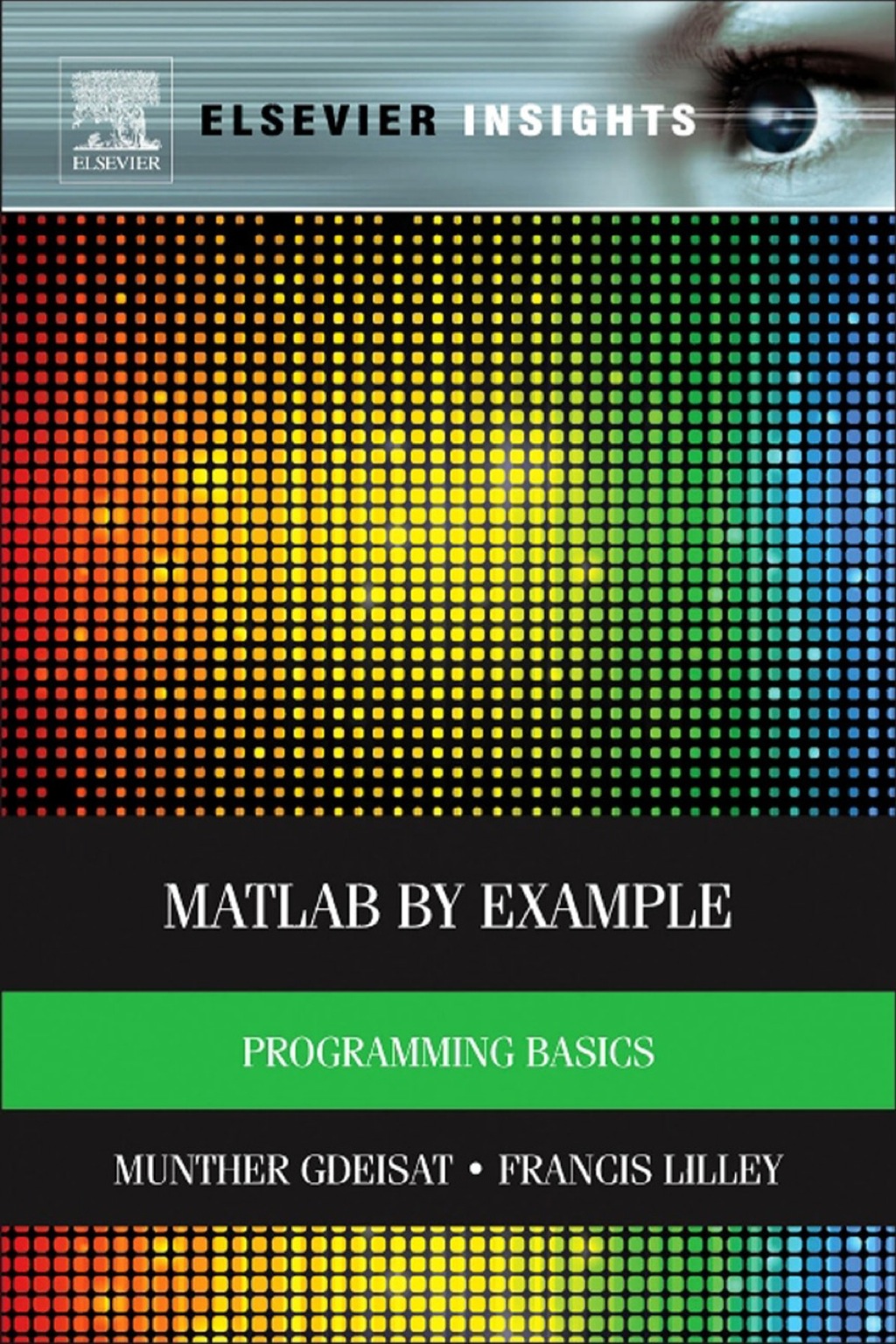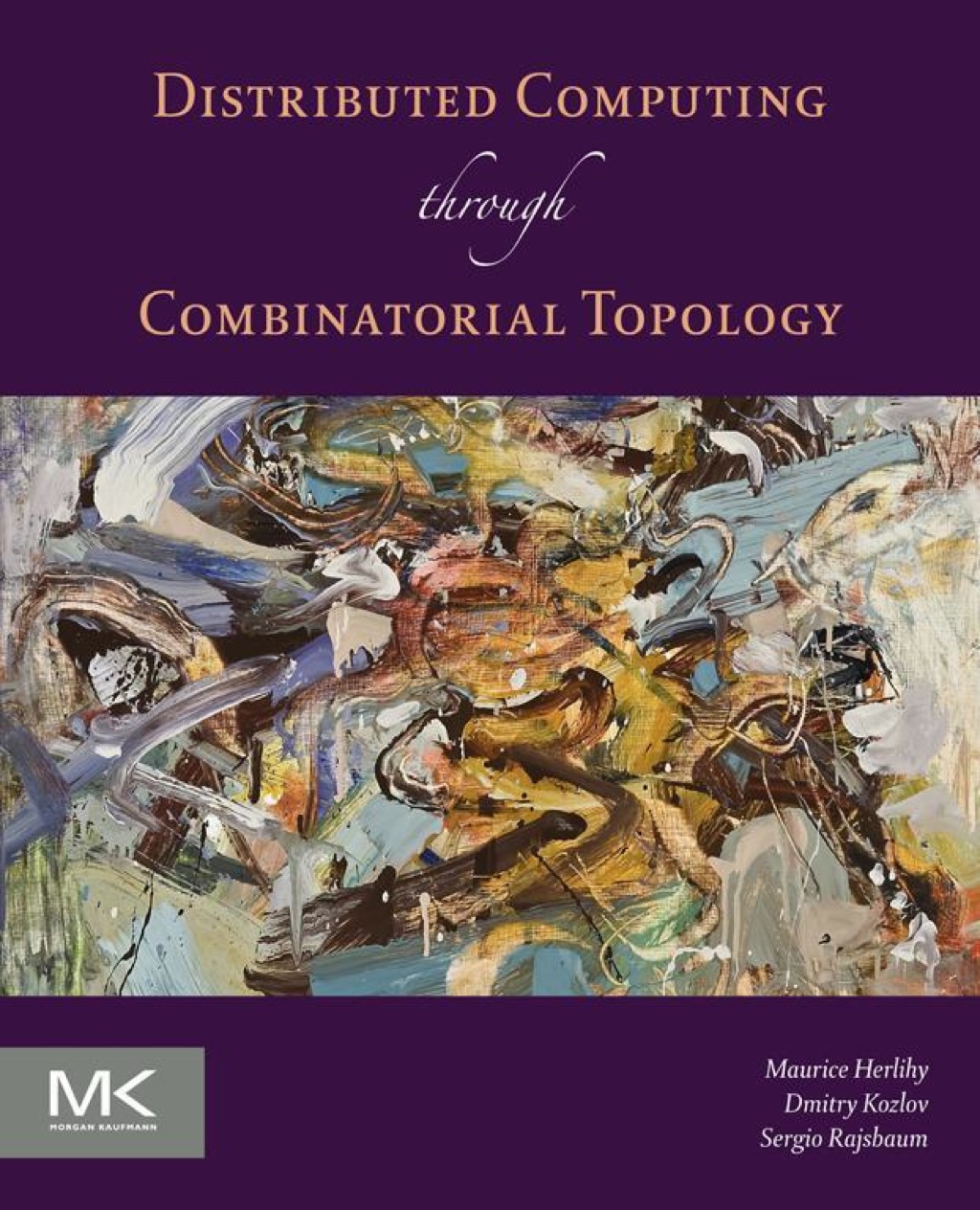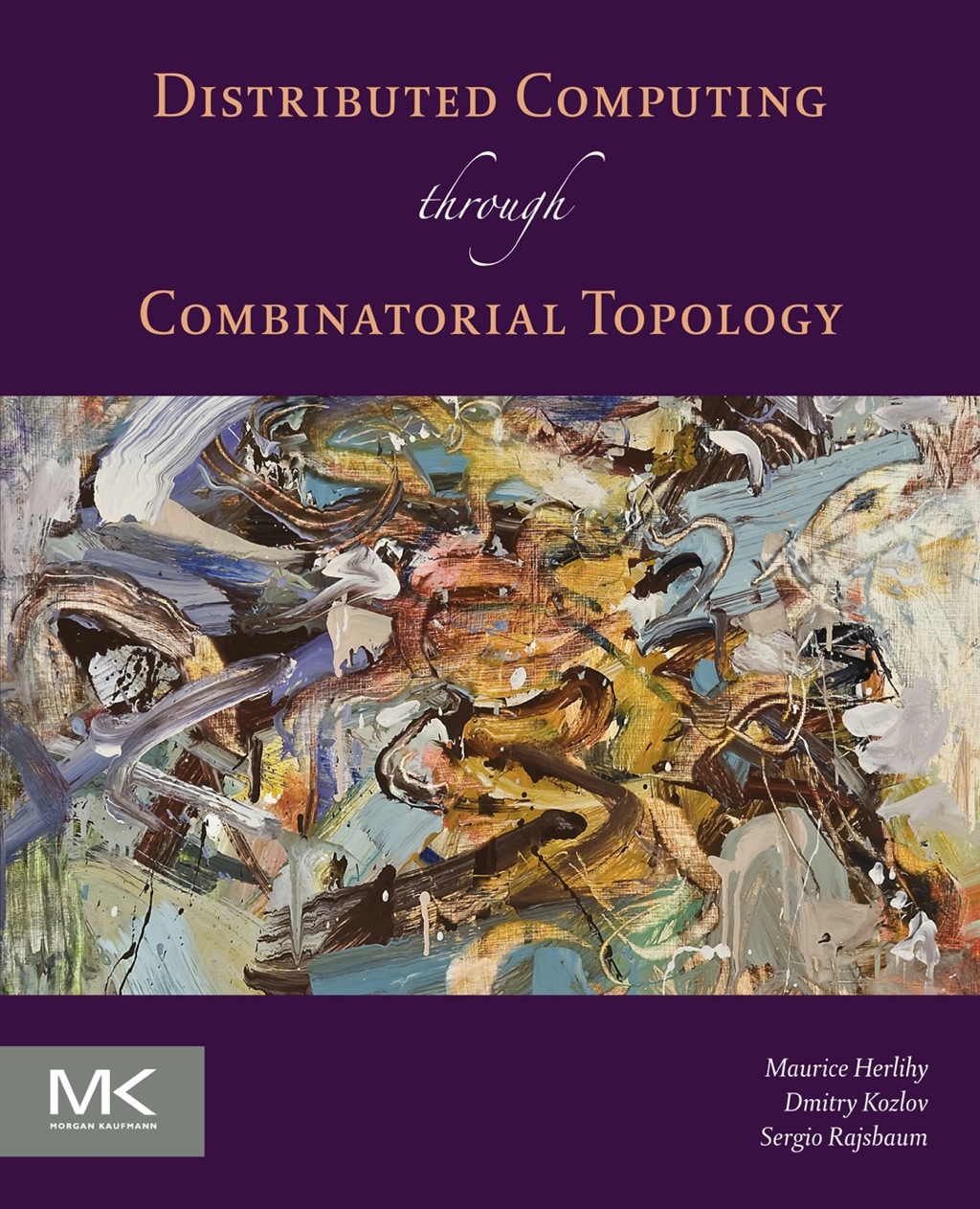Distributed Computing Through Combinatorial Topology
Author(s): Herlihy, Maurice; Kozlov, Dmitry; Rajsbaum, Sergio
Publisher: Morgan Kaufmann
ISBN: 9780124045781
Edition:
$39,99
Delivery: This can be downloaded Immediately after purchasing.
Version: Only PDF Version.
Compatible Devices: Can be read on any device (Kindle, NOOK, Android/IOS devices, Windows, MAC)
Quality: High Quality. No missing contents. Printable
Recommended Software: Check here
Important: No Access Code
Description
Description
Distributed Computing Through Combinatorial Topology describes techniques for analyzing distributed algorithms based on award winning combinatorial topology research. The authors present a solid theoretical foundation relevant to many real systems reliant on parallelism with unpredictable delays, such as multicore microprocessors, wireless networks, distributed systems, and Internet protocols.
Today, a new student or researcher must assemble a collection of scattered conference publications, which are typically terse and commonly use different notations and terminologies. This book provides a self-contained explanation of the mathematics to readers with computer science backgrounds, as well as explaining computer science concepts to readers with backgrounds in applied mathematics. The first section presents mathematical notions and models, including message passing and shared-memory systems, failures, and timing models. The next section presents core concepts in two chapters each: first, proving a simple result that lends itself to examples and pictures that will build up readers’ intuition; then generalizing the concept to prove a more sophisticated result. The overall result weaves together and develops the basic concepts of the field, presenting them in a gradual and intuitively appealing way. The book’s final section discusses advanced topics typically found in a graduate-level course for those who wish to explore further.
- Presents unique insights from leaders in the field that prove new results about computation that are applicable across today’s computing topics, including multicore microprocessors, wireless networks, distributed systems, and Internet protocols
- Synthesizes and distills material into a simple, unified presentation with examples, illustrations, exercises, and lecture slides
- Self-contained approach that assumes only a knowledge of a few standard topics
- Material tested in courses at Technion provides the necessary math and computing for those in either discipline
Related products
Distributed Computing Through Combinatorial Topology
Author(s): Herlihy, Maurice; Kozlov, Dmitry; Rajsbaum, Sergio
Publisher: Morgan Kaufmann
ISBN: 9780124045781
Edition:
$39,99
Delivery: This can be downloaded Immediately after purchasing.
Version: Only PDF Version.
Compatible Devices: Can be read on any device (Kindle, NOOK, Android/IOS devices, Windows, MAC)
Quality: High Quality. No missing contents. Printable
Recommended Software: Check here
Important: No Access Code
Description
Description
Distributed Computing Through Combinatorial Topology describes techniques for analyzing distributed algorithms based on award winning combinatorial topology research. The authors present a solid theoretical foundation relevant to many real systems reliant on parallelism with unpredictable delays, such as multicore microprocessors, wireless networks, distributed systems, and Internet protocols.
Today, a new student or researcher must assemble a collection of scattered conference publications, which are typically terse and commonly use different notations and terminologies. This book provides a self-contained explanation of the mathematics to readers with computer science backgrounds, as well as explaining computer science concepts to readers with backgrounds in applied mathematics. The first section presents mathematical notions and models, including message passing and shared-memory systems, failures, and timing models. The next section presents core concepts in two chapters each: first, proving a simple result that lends itself to examples and pictures that will build up readers’ intuition; then generalizing the concept to prove a more sophisticated result. The overall result weaves together and develops the basic concepts of the field, presenting them in a gradual and intuitively appealing way. The book’s final section discusses advanced topics typically found in a graduate-level course for those who wish to explore further.
- Named a 2013 Notable Computer Book for Computing Methodologies by Computing Reviews
- Gathers knowledge otherwise spread across research and conference papers using consistent notations and a standard approach to facilitate understanding
- Presents unique insights applicable to multiple computing fields, including multicore microprocessors, wireless networks, distributed systems, and Internet protocols
- Synthesizes and distills material into a simple, unified presentation with examples, illustrations, and exercises


















